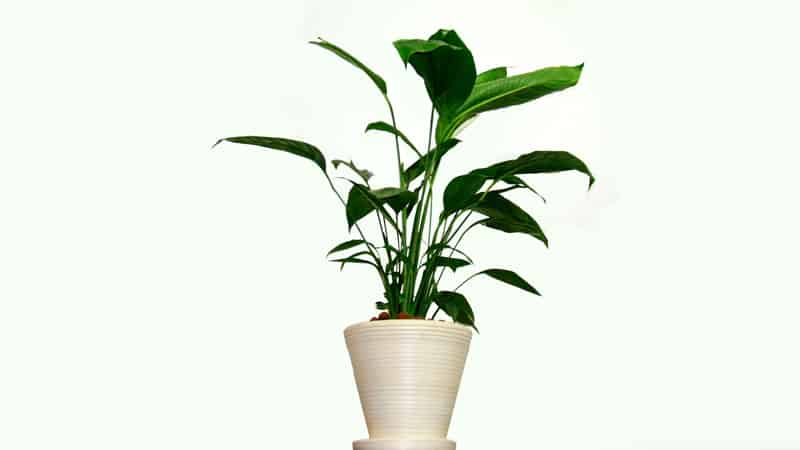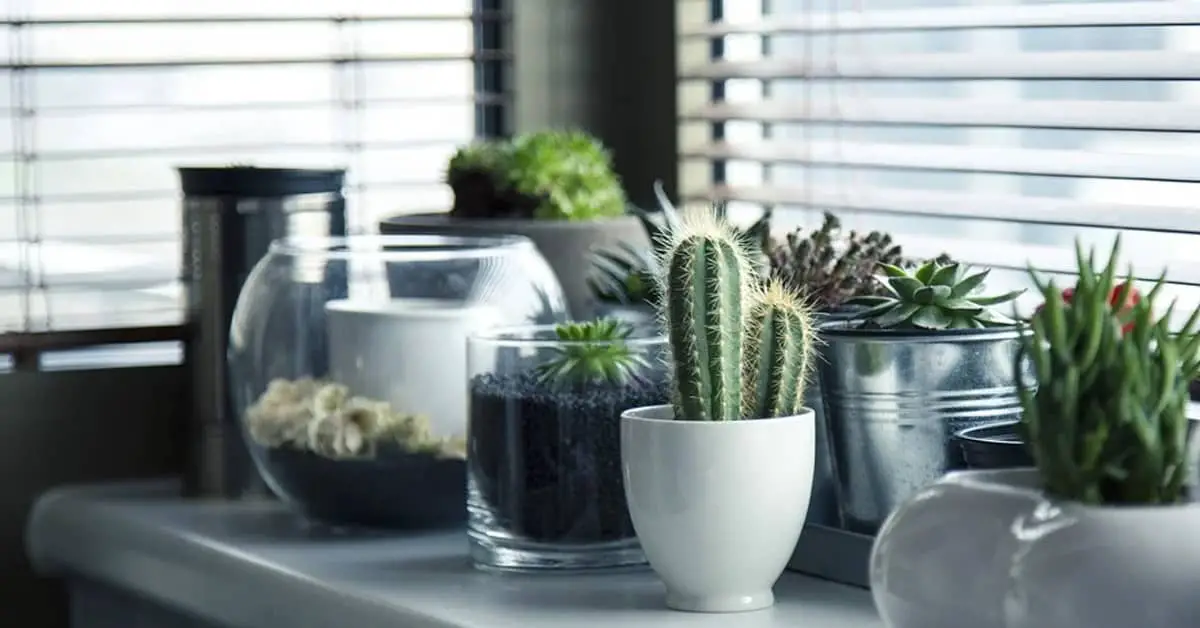Trying to start your own garden may seem like a simple affair. You research what type of plants will work well in your situation, and go down to the local store to buy them. However the prices are very high on all the plants. So when do plants go on sale at The Home Depot?
The end of summer, spring, and the beginning of fall are some of the best times to look for plant sales at The Home Depot. Some stores may start this period earlier or later by two months due to seasonal differences between locations.
We’ll look at the dynamics behind the sales of plants, as well as consider the best season to get the best sales. We’ll also look at how to spot a good deal and how to negotiate with The Home Depot to get a bargain. So keep reading and get some great plant information.
Does The Home Depot Have Sales on Plants?
The Home Depot has clearances on all items that they stock. This includes all items that are stocked in the Garden Center, which is where you will find all the plants.
When Do Plants Go on Sale at The Home Depot?

There are several times of the year that you can expect a sale on plants.
Plants themselves are seasonal, with some faring better in summer, others in winter. The Home Depot will clear out all summer plants (such as trees, shrubs, bulbs, and perennials) to get ready for the next season’s goods for fall.
Fall is also an interesting period to check for deals, because sometimes plants are starting to get too big for effective storage at The Home Depot. This is particularly the case for plants that have matured early in spring.
Annual plants grow over the course of a single year, at which point they will wither and die. However, the seasonal nature of annual plants means that it is imperative for businesses to offload them very early in the season.
June onwards is a great time to find a bargain on annuals. This period can last right up until the end of summer.
While not quite the same as a sale, seeds are very cheap ways to get into gardening and plants. While there is slightly more upfront work and planning involved with seeds, buying a plant means you are taking on all the costs of the professional producer.
What Does The Home Depot Do With Dead Plants?
Dead plants are thrown out or composted. The Home Depot work closely with their supplier of plants in order to deal with the lifecycle of the plants, including waste removal and returns. This means that some of the dead plants will make their way back to the supplier.
In order to reduce the waste of this process, The Home Depot works closely with its regional suppliers of plants to ensure there is quality control. This enables the freshest, healthiest plants to be sent to The Home Depot.
The Home Depot will then follow agreed upon standards in order to keep the plants in a good condition while in the stores.
The Home Depot keeps track of stock levels, and will consult with their supplier once a certain percentage of bad stock, or dying plants, is detected.
Plants that are looking a little under the weather shouldn’t be dismissed out of hand. If you know how to fix certain issues, this means you can still buy the plants that seem leftover and still get a great addition to your garden.
It’s definitely worth asking for a discount on plants that look like they have some issues. The Home Depot will be keen to get rid of stock that they are finding it hard to sell, and you’ll get a great price.
Signs of Plant Issues

First, look at the leaves and buds. Wilting leaves may be one of two issues. The first is eliminated by having a quick check of the soil. Insert a finger an inch deep and see how wet the soil is.
Dry soil cannot provide the moisture to a plant that it needs, but it is easily fixed. However, plants at The Home Depot are unlikely to be suffering from this issue due to the watering procedures and systems in place.
The more likely issue is root rot. This actually comes about from overwatering the plant and not having adequate drainage in the pot.
Yellow leaves or dieback could be further symptoms of root rot. It’s possible to remove the plant, wash it and then apply a fungicide to help destroy the infection and then replant in new soil with a well-drained pot.
The roots should not be in a massive bunch or cord altogether. This could be a sign that the pot is too small and you should transplant it to a bigger one.
If water constantly sits on top of the soil or potting mix instead of being absorbed in, this could be a result of the hydrophobic properties of potting mix. Try purchasing some Penterra Wetting Agent off Amazon to help with this.
You can add the wetting agent straight into the pot plant by sprinkling per the instructions. Wetting agents help remove certain salts and improve the ability of the soil to absorb water.
If the leaves are looking brown, this could be the result of too much fertilizer. Use a sieve to give the potted soil a filtering process by which some of the fertilizer may be removed. Use new soil after washing the plant to see if this improves the appearance of the leaves.
Brown, deep yellow or burnt leaves could be a sign of plant sunburn. Direct sunlight can be too much for certain plants and so if you have a nice indoor area, this can help rehabilitate a plant.

